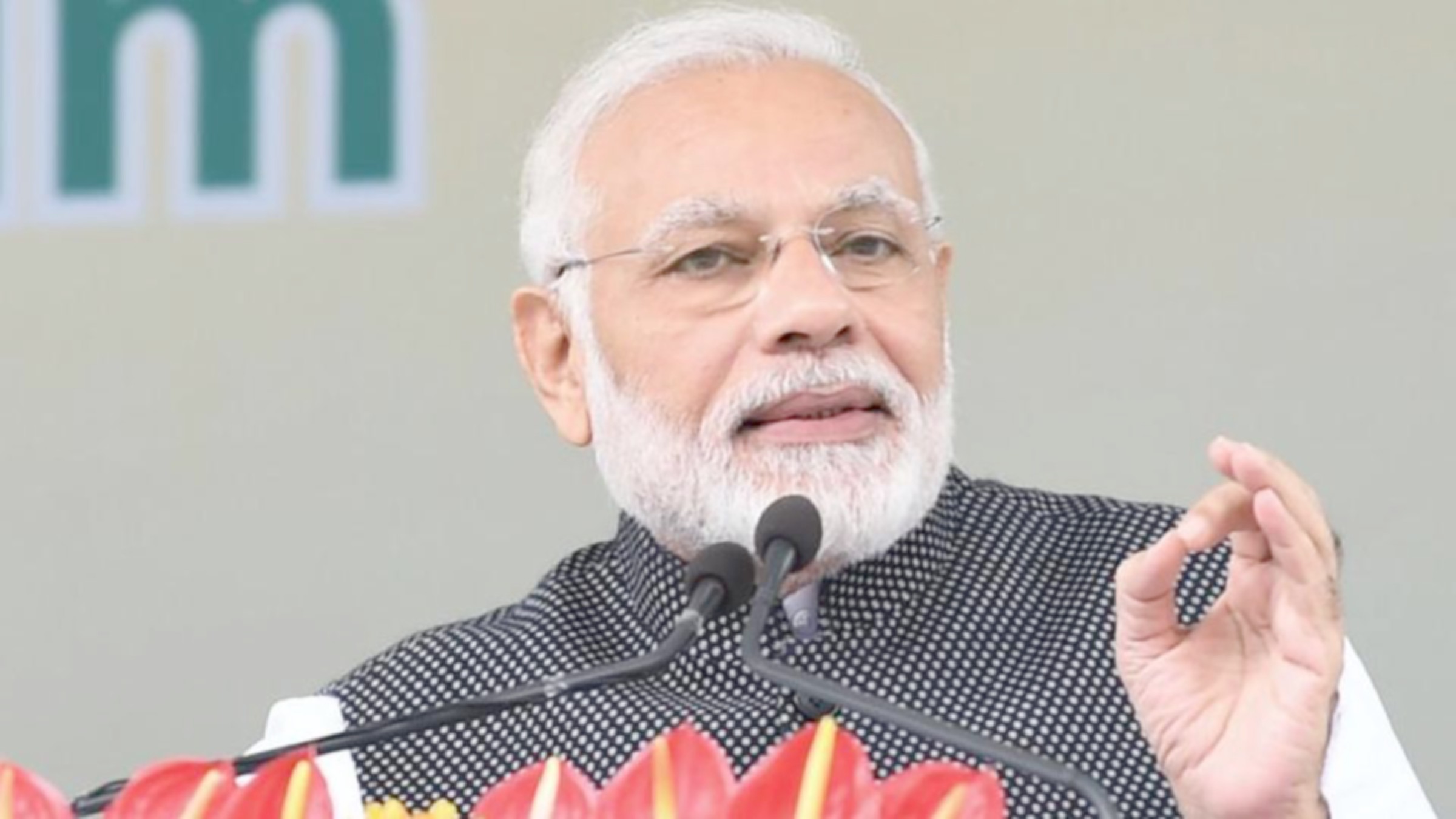By Li Qingqing
As India’s general election will take place from April 11 to May 19, Indian opposition leader Rahul Gandhi used China to attack Indian Prime Minister Narendra Modi. “Not a word comes out of his mouth when China acts against India,” Gandhi said. However, attacking China should not be Indian politicians’ way to solicit votes for a general election.
What is the major problem that India is facing at the moment? The country lacks economic dynamics and makes slow progress with reform. India’s tax system is also too complicated and India’s manufacturing industry is still underdeveloped. The “Make in India” initiative launched by Modi also faces challenges because of problems including low productivity, corruption and inconvenient transportation.
What is hampering India is not any external force, but the force inside the country itself that has been hindering India’s reform. This is the No.1 question that any candidate has to answer. New Delhi should understand this: Diverting Indian people’s attention to China will only make its internal problems more serious.
Some Indian analysts have been appealing for a boycott of Made-in-China products. Especially after India’s latest bid to list Masood Azhar as a global terrorist in the UN was suspended by China, the hashtag “Boycott Chinese Products” became popular on Twitter. But why has the boycott failed for so many years? This is because India cannot produce the products by itself.
A tweet serves as a good example: “Very curious how many people tweeting Boycott Chinese Products are using phones from China – Xiaomi, Vivo, Oppo, Huawei, Gionee.” The situation seems awkward for a part of the Indian people: Like it or not, they still have to use Chinese-made products because India still lacks the ability to produce on a large scale.
India should be aware that China is not its enemy. The relations between the two countries have improved since Chinese President Xi Jinping and Prime Minister Modi held an informal summit in 2018 in Wuhan, Central China’s Hubei Province. Beijing and New Delhi have reached an important consensus which should be further implemented.
Although there is still a trade deficit problem between China and India, it should be resolved through negotiation and consultation, not to mention that China has tried to increase its agricultural imports from India to ease the two countries’ trade imbalance. China’s attitude is also consistent in China-India border talks.
As a powerful neighbor of India, China has been trying to promote their relations. And it would be dangerous if candidates in the general election use the “China threat theory” to hype nationalism and gain popularity. Sensationalizing China affairs may help Indian politicians’ political careers, but it will not help improve India’s economy, manufacturing or people’s livelihoods. If India only shouts hollow slogans on Twitter and fails to improve its real strength, the country will not be able to find its way out.


